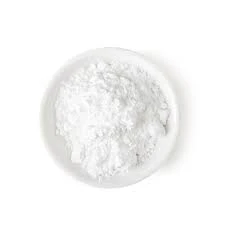What Does a Plasticiser Do?
Plasticisers are essential additives used in the manufacturing of plastics and polymers. They play a crucial role in enhancing the flexibility, workability, and performance of various plastic products. The primary function of a plasticiser is to increase the plasticity or fluidity of a material, enabling it to be shaped, molded, or extruded more easily. This article aims to delve into what plasticisers are, how they function, and the various applications they have in modern manufacturing.
What Does a Plasticiser Do?
Plasticisers work by embedding themselves between the polymer chains of the plastic. By doing so, they increase the distance between these chains, reducing intermolecular forces. This results in a softer, more flexible material. The presence of the plasticiser allows the polymer chains to move more freely, which enhances the material's ability to bend without breaking. As a result, products that are meant to have a certain degree of flexibility, such as inflatable toys, shoes, and hoses, can maintain their functionality over time.
what does a plasticiser do

There are several types of plasticisers, each with its unique characteristics and applications. The most commonly used plasticisers fall into two categories phthalates and non-phthalates. Phthalate plasticisers, such as dioctyl phthalate (DOP) and dibutyl phthalate (DBP), have been predominant in the industry for decades. However, due to environmental and health concerns associated with some phthalates, there has been a shift towards using non-phthalate alternatives like adipates, citrates, and epoxidized soybean oil. These alternatives are often seen as safer and more environmentally friendly.
The versatility of plasticisers extends beyond merely enhancing flexibility. They can also improve other important properties of plastics. For example, incorporating certain plasticisers can enhance a material's resistance to UV light, heat, and fire. This capability allows manufacturers to create products that are more durable and suitable for a broader range of applications. Additionally, plasticisers can improve the processing characteristics of plastics, making them easier to shape and mold during manufacturing.
Despite their numerous advantages, the use of plasticisers does come with some challenges. One concern is that certain plasticisers, particularly phthalates, can leach out of products over time, potentially posing health risks. This leaching can affect the quality and safety of items like food packaging and toys, leading to stricter regulations and a push for safer alternatives. Consequently, research continues to identify and develop new plasticisers that balance performance with safety.
In conclusion, plasticisers are vital in the plastics industry, transforming rigid polymers into flexible materials that meet various consumer needs. Through their ability to modify the physical properties of plastics, they enable the creation of a wide array of products used in everyday life. As the industry continues to evolve, the focus on developing safer and more sustainable plasticisers will remain a pressing concern, ensuring that innovation goes hand in hand with safety and environmental responsibility. Whether in construction, healthcare, or consumer goods, the role of plasticisers is indispensable in enhancing the functionality and versatility of modern materials.

